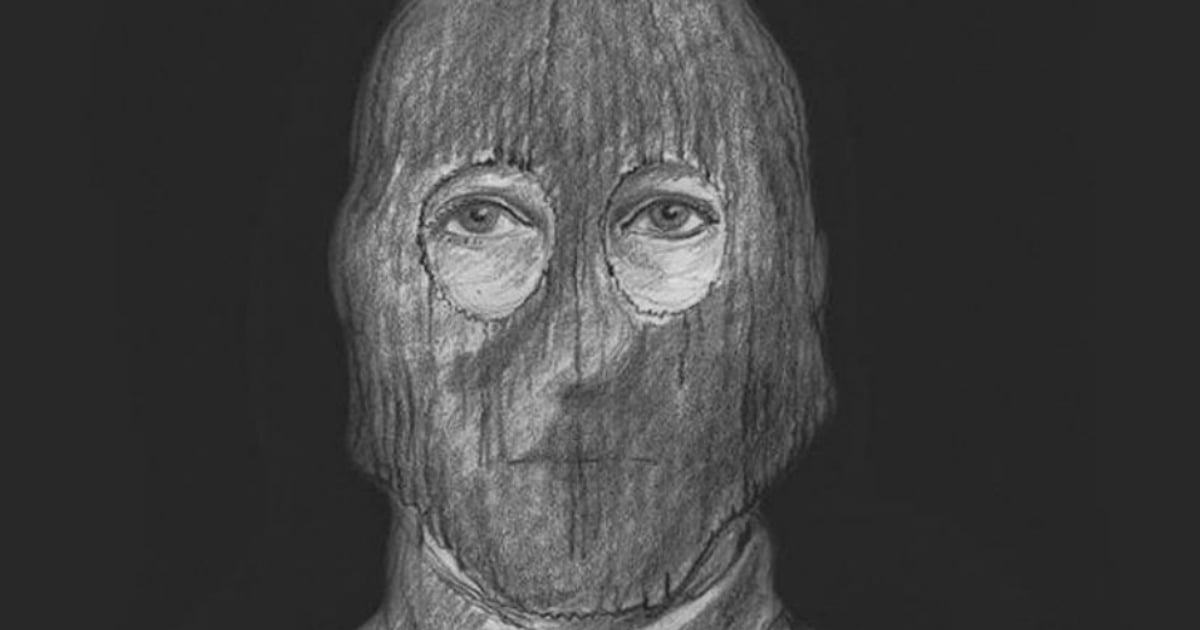_1598053518718.jpg?alt=media&token=7cd98ca8-29c0-4208-ac3d-59d63f4c4668)
“I didn’t hear him come in, I didn’t hear anything. And all of a sudden, there was someone standing in my door, the bedroom door.”
It’s been more than 40 years since a masked man wielding a knife snuck into the home of a 23-year-old woman in Rancho Cordova, Sacramento, in the early hours of June 18, 1976.
She woke to a tapping sound, and initially thought the man standing at her door was her dad. But when he turned the light on, she saw a man tapping a knife against the frame of her bedroom door, wearing a dark-coloured t-shirt, a ski mask and gloves. He was naked from the waist down.
Terrified, she threw her sheets over her face, but the man ripped them off and held a knife to her temple.
He demanded she take her clothes off, and paced the room while he waited. He then tied her hands behind her back, and raped her.
Leaving the room briefly, he returned with the electrical cord of her hairdryer, and tied it around her ankles. He used her clothing to gag her, before taking money out of her purse, and some of her jewellery. At one point, she heard the man’s voice say, “I told you to shut up!” to what she assumed was another person in her home. Then there was silence.

_1598054013049.jpg?alt=media&token=cbb1ea1b-bc09-4702-8341-22b8ada7b4b5)